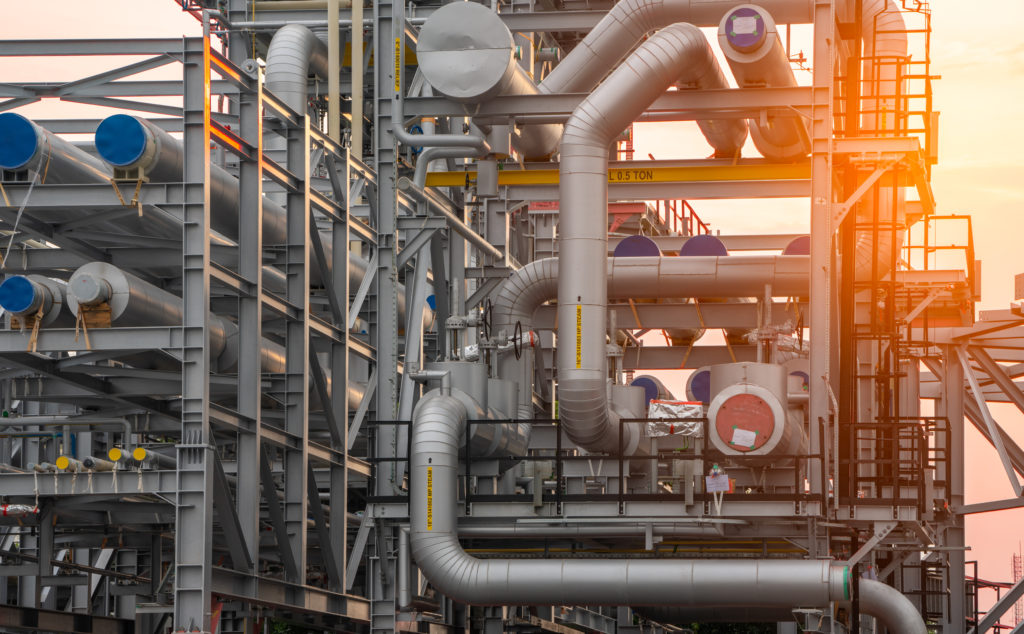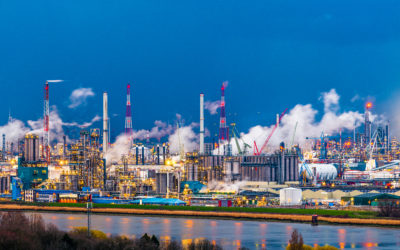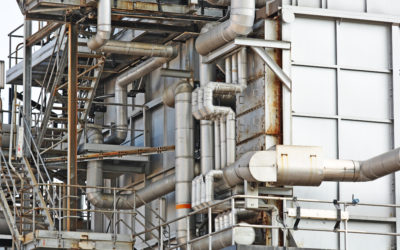Preventing Thermal Leakage in Heat Exchangers
Heat exchangers are vital components in various industries, from power generation to manufacturing, where efficient heat transfer is essential for optimal performance. However, like any mechanical equipment, heat exchangers face several challenges, one of the most common being thermal leakage. This occurs when heat escapes due to issues with sealing, insulation, or material degradation, leading to reduced efficiency, increased operational costs, and potential safety hazards. One effective solution to these problems lies in advanced coatings, such as HeatX, a revolutionary nanocomposite surface treatment.
Common Causes of Thermal Leakage in Heat Exchangers
Thermal leakage in heat exchangers can occur for a variety of reasons:
- Improper Sealing: Heat exchangers rely on tight seals between components like tube-to-tube sheet joints and header connections. Over time, seals can degrade due to exposure to heat, chemicals, or mechanical stress, leading to gaps and heat loss.
- Deteriorated Insulation: Insulation is essential to prevent heat loss. Damaged or inadequate insulation allows heat to escape, lowering the system’s efficiency and increasing energy costs.
- Corrosion and Fouling: Corrosive fluids and buildup of fouling materials on the inner surfaces of heat exchangers can cause thinning of walls and thermal inefficiencies. This can lead to leaks and system malfunctions.
- Mechanical Wear: Over time, the materials used in heat exchangers, particularly in aggressive industrial environments, can suffer from wear, leading to gaps and cracks that contribute to thermal leakage.
The Cost of Thermal Leakage
Thermal leakage not only reduces the efficiency of heat exchangers but also has significant financial and operational implications:
- Energy Loss: Inefficient heat transfer produces wasted energy, leading to higher utility costs and reduced overall system performance.
- Increased Maintenance Costs: Frequent repairs and replacements of seals, gaskets, and other components increase operational expenses.
- Downtime and Production Loss: Severe thermal leakage may necessitate downtime for repairs, which can disrupt production and cause financial losses.
HeatX: The Coating Solution to Thermal Leakage
One of the most effective ways to mitigate thermal leakage and improve the efficiency of heat exchangers is by applying HeatX, a state-of-the-art nanocomposite surface treatment. HeatX offers several benefits that directly address the common causes of thermal leakage:
- Prevents Corrosion and Fouling: HeatX’s omniphobic properties repel both water- and oil-based substances, preventing the buildup of corrosive materials and fouling agents on heat exchanger surfaces. This ensures that heat transfer remains efficient and uninterrupted, minimizing the risk of thermal leakage caused by degraded surfaces.
- Improves Sealing Integrity: HeatX creates an extremely slick, low-friction surface that helps maintain the integrity of seals and gaskets. By reducing wear and preventing material buildup around critical components, the coating helps to ensure long-lasting, effective seals that prevent heat loss.
- Maintains Heat Transfer Efficiency: HeatX is designed to enhance the performance of heat exchangers by preserving the surfaces that are crucial for heat transfer. By preventing the formation of insulating layers of corrosion or fouling, the coating ensures that the system operates at peak efficiency, minimizing the likelihood of thermal leakage.
- Reduces Maintenance and Downtime: With HeatX’s protective properties, heat exchangers experience less wear and tear, resulting in reduced maintenance needs and longer operational life. This means fewer repairs, less downtime, and lower thermal leakage costs.
How HeatX Can Save Costs and Improve Performance
By applying HeatX to heat exchanger surfaces, industries can not only prevent thermal leakage but also improve energy efficiency, reduce operational costs, and extend the lifespan of their equipment. The coating’s ability to prevent corrosion, fouling, and mechanical wear makes it an ideal solution for maintaining the integrity of heat exchangers in even the harshest environments.
Thermal leakage is a common problem in heat exchangers, leading to inefficiencies, increased costs, and potential safety hazards. However, by applying HeatX coatings, industries can effectively address the root causes of leakage and maintain optimal heat transfer performance. This innovative nanocomposite surface treatment offers a comprehensive solution to the challenges faced by heat exchangers, ensuring long-term efficiency and cost savings. Learn more about this nanocomposite surface treatment from our experts.



